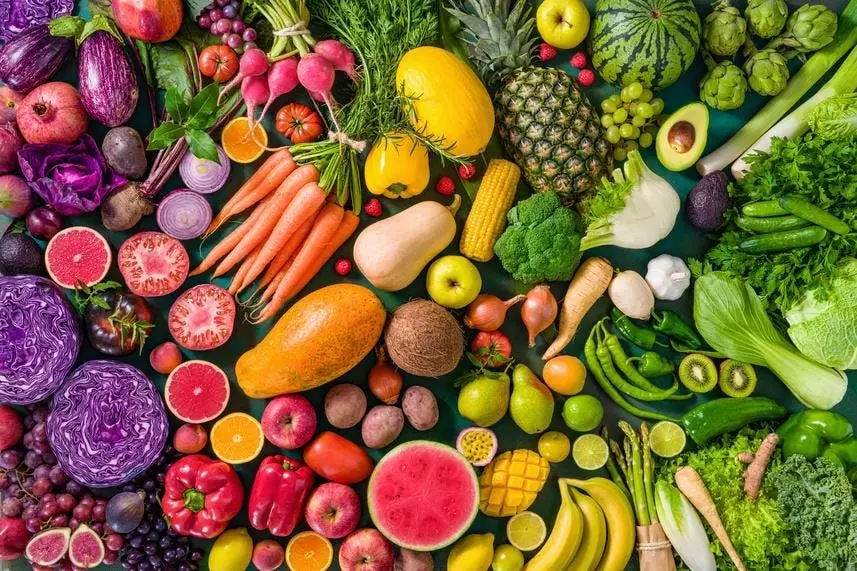In today’s health-conscious society, the importance of integrating fresh fruits and vegetables into our daily diet cannot be overstated. These natural foods are fundamental sources of essential vitamins, minerals, antioxidants, and dietary fiber, all of which contribute to overall health and well-being. However, the accessibility of these wholesome options in the developed world has been transformed by various technological advancements that enable consumers to enjoy fresh produce year-round. From refrigeration and controlled atmosphere storage to innovative growing techniques, the supermarket shelves have never been more colorful or diverse.
The remarkable evolution in food technology has facilitated the easy transport and storage of fresh fruits and vegetables. Techniques such as efficient ocean transport for imported goods and advancements in active packaging, which extends shelf life, have made it possible for consumers to source fresh produce from around the globe. Furthermore, innovations like “fresh cut” products and pre-mixed salads have made it exceedingly convenient to incorporate these nutritional powerhouses into our meals. The reliance on technology is vital for modern consumers, who increasingly prioritize convenience in their shopping experience. Yet, with this reliance comes a need to scrutinize the origins of our food and the environmental impact of its transportation.
In addition to convenience, genome editing and advanced breeding methods present exciting potential for introducing new produce varieties. At the forefront of this innovation wave are two groundbreaking initiatives aiming to redefine our relationship with fresh produce.
One of the most unconventional innovations emerges from Israel, where a company called GreenOnyx is spearheading the cultivation of duckweed, a plant resembling tiny green balls of flowering flora, specifically the Wolffia species. This effort taps into the concept of “vertical farming,” allowing for localized and sustainable agricultural practices in urban settings. Marketed under the brand name Wanna Greens, these minuscule plants boast remarkable nutritional benefits. Independent studies affirm their high protein content, dietary fiber, beta-carotene, and an intriguing source of vitamin B-12—nutrients often scarce in a vegan diet.
Dr. Lauren Kaufman, a nutrition expert, has acknowledged these nutritional claims, suggesting that Wanna Greens may serve as an introductory vegetable for children due to its mild flavor and easy incorporation into familiar dishes. This revolutionary approach to plant-based nutrients signals a shift in how we can supplement our diets, particularly for those who wish to deviate from traditional animal products without compromising nutritional integrity.
While the exploration of innovative crops is vital, so too is the burgeoning trend of home gardening— a method that serves both as a rewarding endeavor and a means to ensure fresher meals. The daunting tasks of plant cultivation and management often deter novice gardeners, but a startup called Lettuce Grow, co-founded by Jacob Pechenik, is changing this narrative. Since its inception, Lettuce Grow has focused on democratizing gardening, creating an indoor gardening system that appeals to busy individuals and families.
Their latest product line, set to launch in select Costco locations, encompasses easy-to-manage vases equipped with grow lights. This system allows consumers to cultivate various seedlings— from butter lettuce to kale— without the typical challenges of starting from seeds. By providing pre-grown seedlings, Lettuce Grow reduces the intimidation factor associated with gardening, thus fostering a more fulfilling experience for aspiring green thumbs.
With over 140,000 regular customers already engaged in growing at home, the addition of Costco as a retail partner could further accelerate adoption rates, simultaneously promoting sustainable home produce practices and reducing food waste.
While neither the Wanna Greens nor the Lettuce Grow initiatives can single-handedly address global food issues, they represent significant strides toward enhancing dietary health in enjoyable and accessible ways. These innovations signify a broader trend in consumer expectations—one that favors sustainability, freshness, and convenience. The marriage of technology and agriculture is setting the stage for a future where fresh produce can be seamlessly integrated into daily lifestyles, without the guilt associated with spoilage or excessive waste.
As consumers, our willingness to embrace such changes can pave the way for a healthier and more sustainable food landscape. The ongoing trajectory of these food innovations will surely influence how we purchase, consume, and perceive the joys and simplicities of fresh produce in our diets.


Leave a Reply